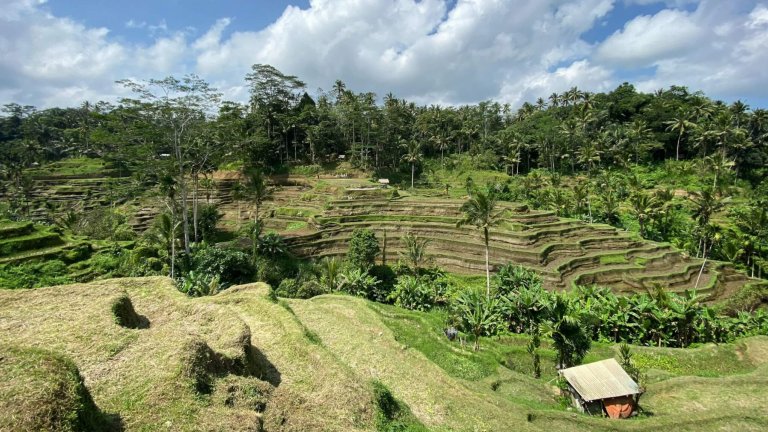Carbon speeds crop growth but often for little gain

More carbon dioxide speeds up crop growth with some key food harvests, but extra heat can hit the yield.
LONDON, 10 November, 2020 − Thirty years of experiments in testing crop growth, and notably the effects of increased atmospheric carbon dioxide (CO2) on some human staples like rice, wheat and soya, have found that − given perfect growing conditions − they would increase yields by 18%.
But sadly, in “real world” conditions, any gains from carbon fertilisation are lost − because of the stress caused to crops by the 2°C temperature rise that the gas causes in the atmosphere. Even worse, the fact that crops grow faster does not mean that their nutritional value is greater – many showed lower mineral nutrients and protein content.
The work, 30 years of “free air carbon dioxide enrichment” (FACE), carried out by 14 long-term research facilities in five continents, is a blow to the hope that in a world with more atmospheric CO2 more people could be fed with less land under cultivation. Earlier results had held out the hope that this “fertiliser effect” would feed more people.
While commercial growers of plants like tomatoes, peppers and cucumbers have used increased CO2 to boost production in controlled conditions in greenhouses, it does not work so well in open fields where temperature and moisture content are affected by climate change.
Some crops do get a boost from more carbon in the atmosphere because it makes photosynthesis more efficient, but this is only if nutrients and water are available at optimum levels. This group includes soybean, cassava and rice, all vital in feeding some of the hungriest people in the world.
The author of the study, Stephen Long from the University of Illinois, said that while it seemed reasonable to assume “a bounty as CO2 rises” this was not the case, because “CO2 is the primary cause of change in the global climate system. The anticipated 2°C rise in temperature, caused primarily by this increase in CO2, could halve yields of some of our major crops, wiping out any gain from CO2.”
His co-author Lisa Ainsworth, a research plant physiologist with the US Department of Agriculture, said: “It’s quite shocking to go back and look at just how much CO2 concentrations have increased over the lifetime of these experiments.
“We are reaching the concentrations of some of the first CO2 treatments 30 years back. The idea that we can check the results of some of the first FACE experiments in the current atmosphere is disconcerting.
Need for nitrogen
“Lots of people have presumed that rising CO2 is largely a good thing for crops, assuming more CO2 will make the world’s forests greener and increase crop yields,” Ainsworth said.
“The more recent studies challenge that assumption a bit. We’re finding that when you have other stresses, you don’t always get a benefit of elevated CO2. The last 15 years have taught us to account more for the complex interactions from other factors like drought, temperature, nutrients and pests.”
The poor quality of some of the grain, with less mineral and protein content, is also a blow to add to the crop growth doubts. The potential increased yield is also much smaller under conditions where there is low nitrogen fertiliser, typical of the world’s poorest countries.
However, the researchers are not all gloomy. Genetic variations in crops show that some strains can still benefit despite increased temperatures. If new crop cultivars are developed, then the future could be brighter, but work needs to start now, the scientists say. − Climate News Network